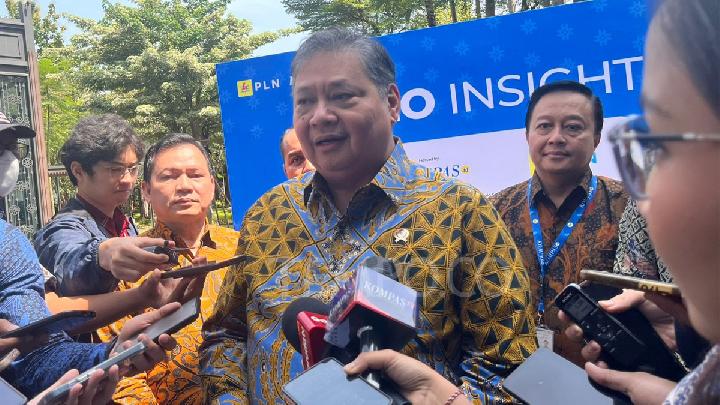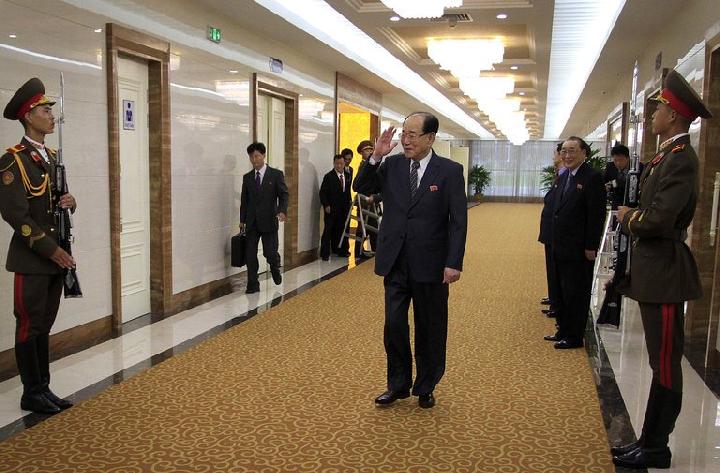ELON Musk has announced that he has established a new party. Musk, who previously provided significant financial support for President Trump's re-election campaign, harbors great disappointment with Trump's tax policies through the "Great and Beautiful Bill".
Public dissatisfaction with the two-party system is widespread, with polls showing that a majority of Americans support the idea of a third party.
However, building a third party as proposed by Musk is no easy feat in the midst of the entrenched two-party system, the Republican Party and the Democratic Party in the United States that has been established for centuries. Musk faces many hurdles.
What is the two-party system? How did this system originate? What are the chances of establishing a third party in the US? Moreover, what is the likelihood of success for Elon Musk? Here's the explanation:
When Did the Two-Party System Emerge in the United States?
The history of the two-party system in the United States dates back to the founding of the country. By the late 18th century, two major political groups began to form among the nation's founders, namely the Federalists led by Alexander Hamilton and the Democratic-Republicans led by Thomas Jefferson. The Federalists advocated for a strong central government, while the Democratic-Republicans emphasized the importance of state rights and limitations on central government power.
The conflict and competition between these two factions laid the groundwork for the two-party system in the United States. Although the Federalist party eventually lost influence and was replaced by other parties such as the Whig, the pattern of two-party dominance persisted. In the mid-19th century, the Republican Party emerged as a new political force, replacing the Whig Party and directly competing with the Democratic Party. Since then, the two-party system has become a hallmark of US politics, with the Democratic and Republican parties as the two main forces that continue to dominate the national political stage.
What is the Two-Party System?
According to Britannica, a two-party system is a political framework in which the majority of voters support two major parties, and typically, one of these parties achieves a legislative majority. The United States is the most famous example of this system.
Although the differences between the two-party system and a multi-party system are often exaggerated, it is important to note that within each major party-such as the Republican and Democratic parties in the US-there are many factions competing to gain influence. This internal diversity often hides the ongoing struggles and compromises, which in a multi-party system are more visibly apparent.
What are the Advantages of the Two-Party System?
One of the main benefits associated with a two-party system is government stability. Because one party can win a legislative majority, it can govern without relying on fragile coalitions. In contrast, a multi-party system often requires a coalition government, which can be unstable if coalition partners have weak or conflicting ties.
Moreover, a two-party system tends to reduce political conflict. In order to gain majority support, each party must craft policies that appeal to a broad spectrum of voters, balancing various different and sometimes competing interests. This necessity drives parties to avoid extreme positions and function as coalitions that unify various groups to achieve success in general elections.
In countries like the United Kingdom and Canada, although the two major parties may have more significant policy and compositional differences compared to the US, substantial areas of agreement still exist. This similarity enables the peaceful transfer of power without drastic policy changes that could provoke resistance from minority groups.
What are the Chances for a Third Party?
Dr. Bernard Tamas, an associate professor at Valdosta State University and a third-party political expert, explains that third parties in the US primarily function to highlight specific issues and use the threat of "spoiling" elections to force major parties to address those issues.
According to Spectrum News NY1, this tactic is not new; for example, in 1912, Teddy Roosevelt ran as a third-party candidate, splitting the Republican Party's votes and enabling Democrat Woodrow Wilson to win. Although Roosevelt did not win, his candidacy pushed the Republican Party toward the center.
Similar accusations of spoiling have been directed at Ross Perot in 1992 and Ralph Nader in the 2000 election. Public support for third parties seems to be increasing, with a 2023 Gallup poll showing that 63 percent of Americans believe that a third party is needed.
Despite this support, third-party candidates face significant structural challenges, especially in federal elections.
The most substantial constraint is funding, as even running for congressional seats requires millions of dollars, and presidential campaigns demand billions of dollars. Additionally, the US Electoral College system, which awards most state votes on a winner-takes-all basis, further disadvantages third parties.
According to CNN, the landscape for third-party candidates in US presidential elections is marked by ongoing challenges and systemic barriers that hinder their success. Although Green Party and Libertarian candidates have repeatedly appeared in presidential elections, these third-party contenders rarely achieve significant electoral gains.
Some individuals and political groups are attempting to change this dynamic. Presently, Elon Musk has proposed the formation of the "America Party" to offer an alternative to the entrenched Democratic-Republican duopoly, aiming to represent a sizable middle segment of dissatisfied voters.
Similarly, bipartisan efforts such as the No Labels group have sought to present centrist candidates, although such initiatives have struggled to secure viable nominations and have raised concerns about unintentionally aiding one major party over another.
Experts warn that expecting third-party candidates to win presidential seats under the current system is unrealistic. Instead, their influence is often measured by their ability to compel major parties to address neglected issues or by their role as disruptors that can influence election outcomes by diverting votes from major candidates. With elections becoming increasingly competitive, even the small share of third-party votes can become more critical in shaping outcomes.
Editor's Choice: Elon Musk Challenges the Two-Party System in the US
Click here to get the latest news updates from Tempo on Google News

















































